I'm having bit complicated object model that forms a triangle. There is User entity that has collections of Items and Taxonomies. Item has a taxonomy, too. And for convenience, I wanted Item and Taxonomy to know its owner and Taxonomy to know its Item, if any. See diagram:

So this makes three bi-directional relations. My problem is when I map it in NHibernate like that and asking for user with given ID, I'm getting Select N+1 problem.
At first, User is loaded with eagerly fetched Items. Then Taxonomies are loaded with eagerly fetched Item connected to it. And this is as expected and as defined in mappings. But now there is N+1 queries to load Items related with Taxonomies.

This is redundant as all parts of object graph was already loaded. Thie problem disappears when I make my User-Item relation unidirectional from User side (there are only 2 queries, as expected), but I don't want to remove that backward relationship. Is it possible to have optimal fetching with all three relations bidirectional?
Here are my mapping parts:
public class UserOverride : IAutoMappingOverride<User>
{
public void Override(AutoMapping<User> mapping)
{
mapping.HasMany(x => x.Items).Inverse()
.Not.LazyLoad().Fetch.Join();
mapping.HasMany(x => x.Taxonomies).Inverse()
.LazyLoad().Fetch.Select();
}
}
public class ItemOverride : IAutoMappingOverride<Item>
{
public void Override(AutoMapping<Item> mapping)
{
mapping.References(x => x.Taxonomy); // many-to-one
}
}
public class TaxonomyOverride : IAutoMappingOverride<Taxonomy>
{
public void Override(AutoMapping<Taxonomy> mapping)
{
mapping.HasOne(x => x.Item).PropertyRef(x => x.Taxonomy)
.Not.LazyLoad().Fetch.Join();
}
}
And I query my database the simplest possible way:
var user = session.Get<User>(1);